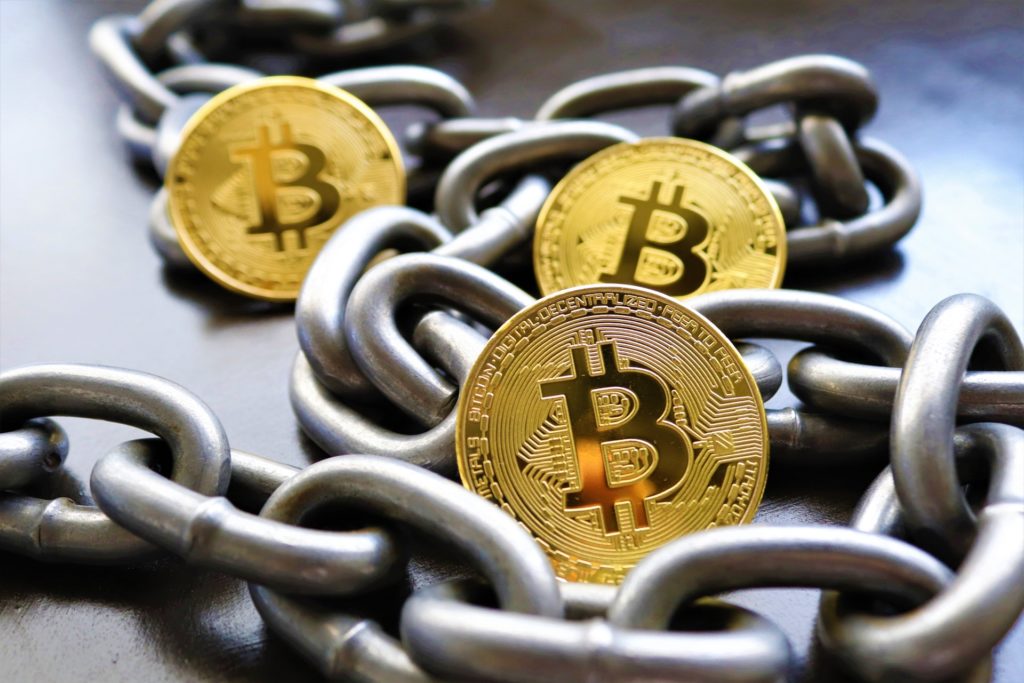What is DeFi, and is it connected to cryptocurrency? Is it risky, or is it the future of finance? Well, read ahead; we shall tackle these questions and more concerning DeFi, also known as Decentralized Finance.
Let’s start by looking at Bitcoin, a form of currency that isn’t controlled by any bank or government. It can be transferred to anyone, from anyone, across the world without the need for a bank. Bitcoin is a form of decentralized money.
The financial system around the world is majorly centralized. Banks, stock markets, insurance companies, and other financial institutions have a central authority. This system, also known as CeFi, is prone to mismanagement and fraud. What about decentralizing the financial system as a whole? Well, that is where DeFi comes in.
What is DeFi?
DeFi refers to financial services without a central authority. This system uses decentralized money to build exchanges, lending companies, and other financial institutions. Decentralized finance doesn’t rely on intermediaries such as exchanges or banks but uses smart contracts on a blockchain.
DeFi Components
To build a decentralized financial system, here is what you need:
- Decentralised infrastructure for programming and running decentralised services. The most common infrastructure used is Ethereum, which is a do it yourself platform for creating decentralised apps (Dapps). Through Ethereum, you can write smart contracts to manage any decentralised financial service.
- Decentralisised stable coins. When building a DeFi service, you do not want to have a currency that is highly volatile such bitcoin. You will need to use a stablecoin. This is a curency pegged to the value of a real world asset, like the US Dollar.
- Decentralised finacial services. Now that you have the infrastructure and money in place, you can create other financia services like, Decentralised Exchanges (DEX) that allow users to buy, or sale cryptocurrencies.
DeFi services work in conjunction with one another, making it possible to mix and match to create new opportunities. The new opportunities created due to Decentralized Finance services working together are called Money Legos.
Related Article: Differences Between Digital Currency, Cryptocurrency, and StableCoins
Advantages of DeFi
- Transparency. Thanks to smart contracts, human error and mismanagement is done away with unless the contracts themselves were poorly written.
- Interoperability which allows DeFi platforms, tools, DApps and smart contracts on different blockchains to interact with each other.
- Decentralization which means faster pace of innovation, higher transparency, and more efficiency.
- Flexibility. With CeFi, for example, to get a loan, you will have to go to the bank and sign lots of documents. With DeFi, this can all be done with one click, anywhere and anytime.
Risks of DeFi
- Still in infancy stage meaning that things can go wrong. In the past, hackers have exploited loopholes in smart contracts to steal money. Use money you can afford to lose.
- Some services are only partialy decentralised. Research carefully about any Decentralised Finance service you intend to invest in.
It seems that the DeFi revolution has reached its early adopter stage, and it remains to be seen how far this will go. The growth of DeFi services will also see a growth in the advantages of DeFi, but also the risks associated with it.
Photo by Roger Brown from Pexels
Discover more from Dignited
Subscribe to get the latest posts sent to your email.












